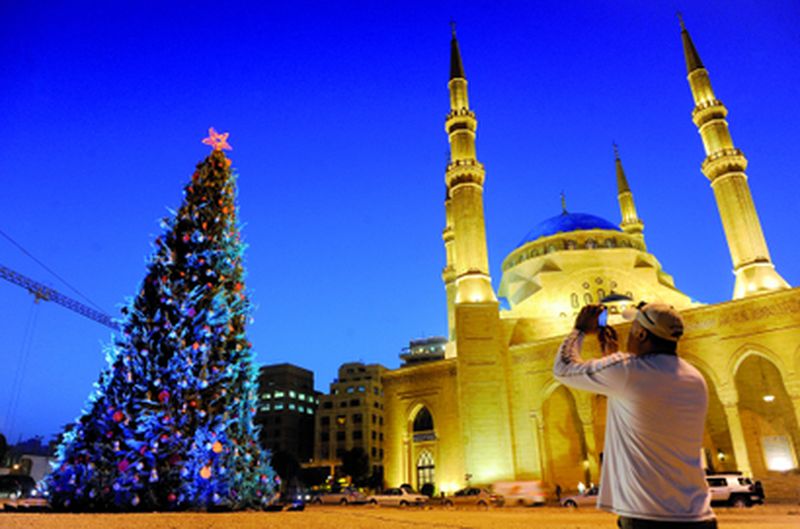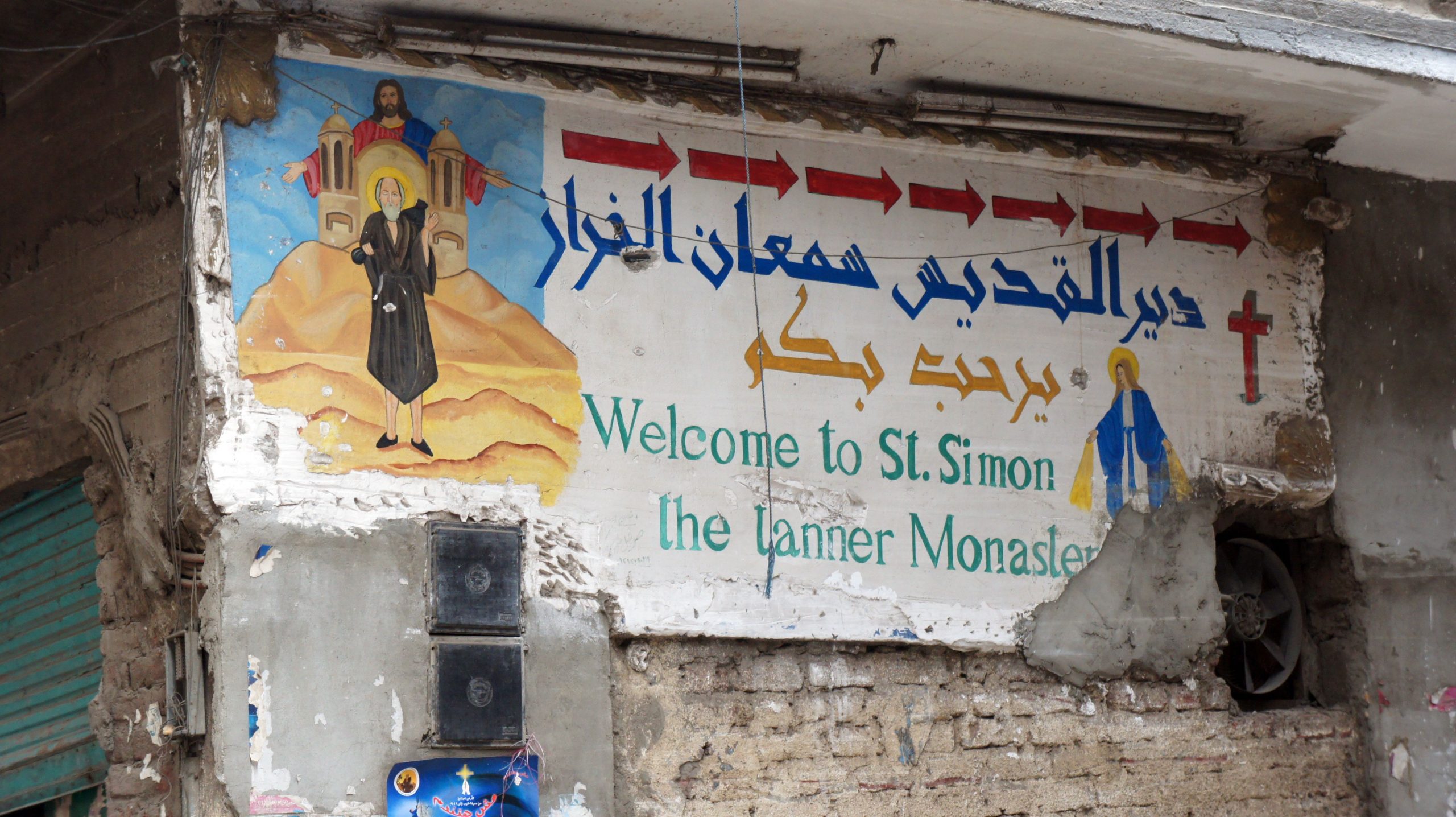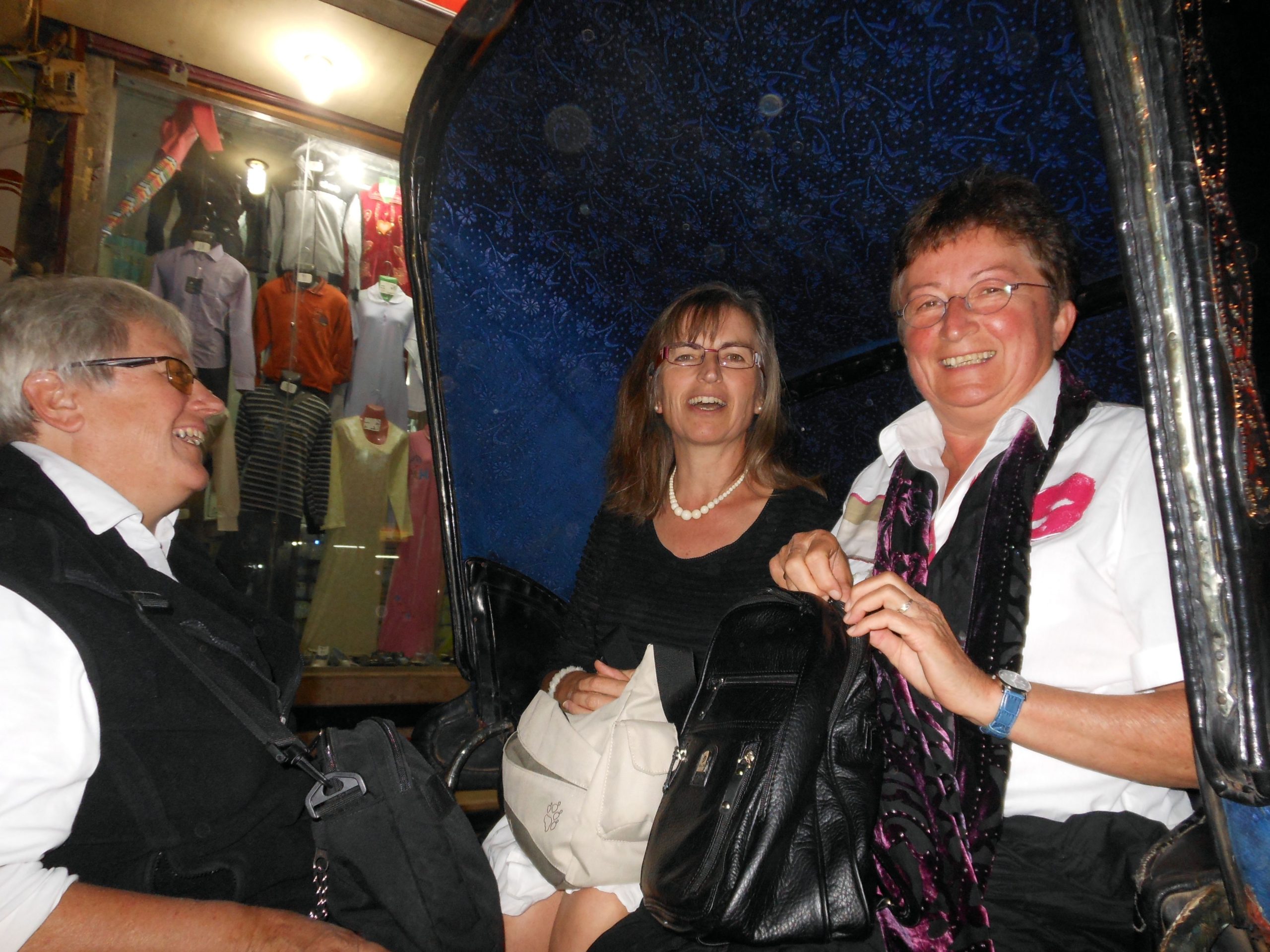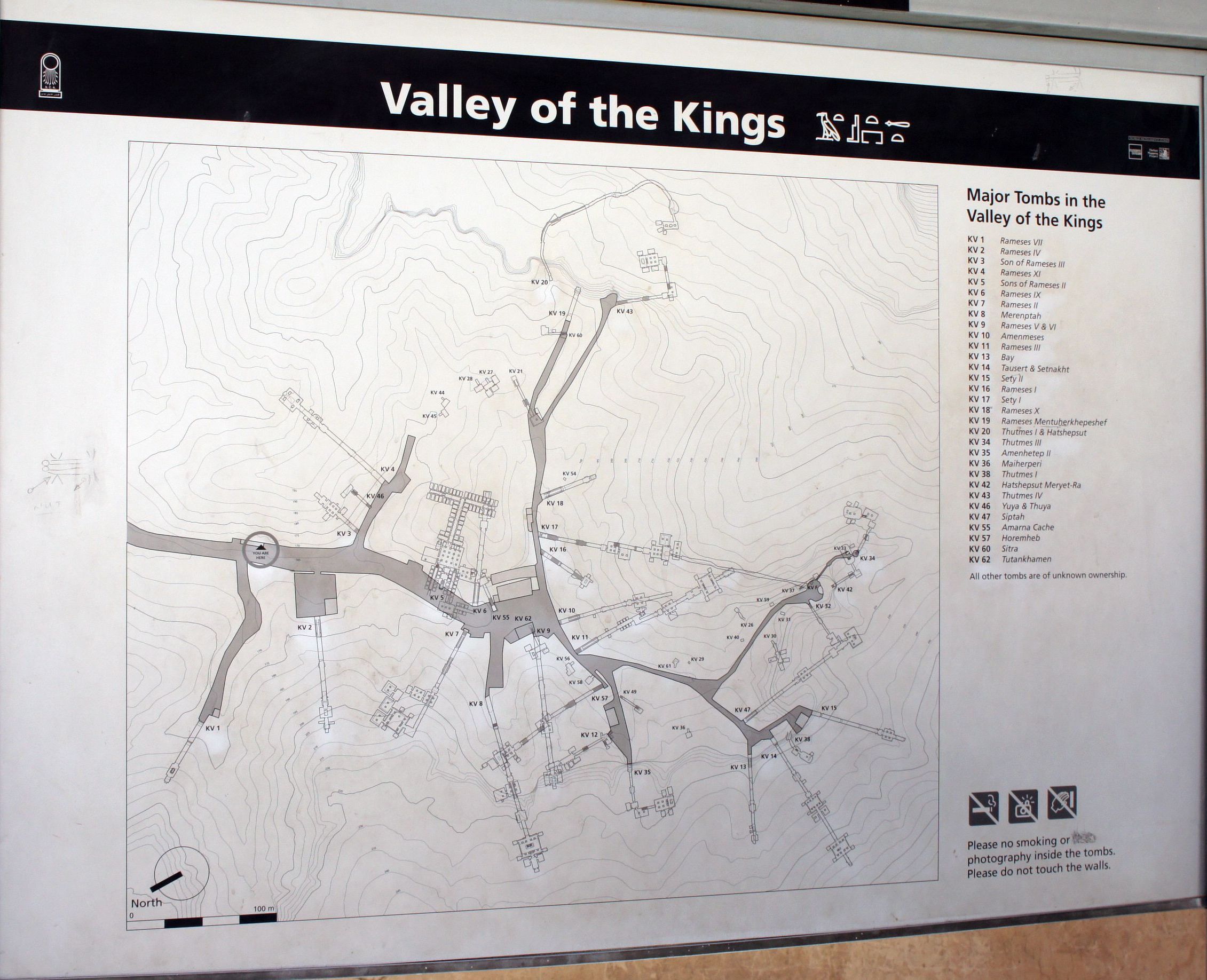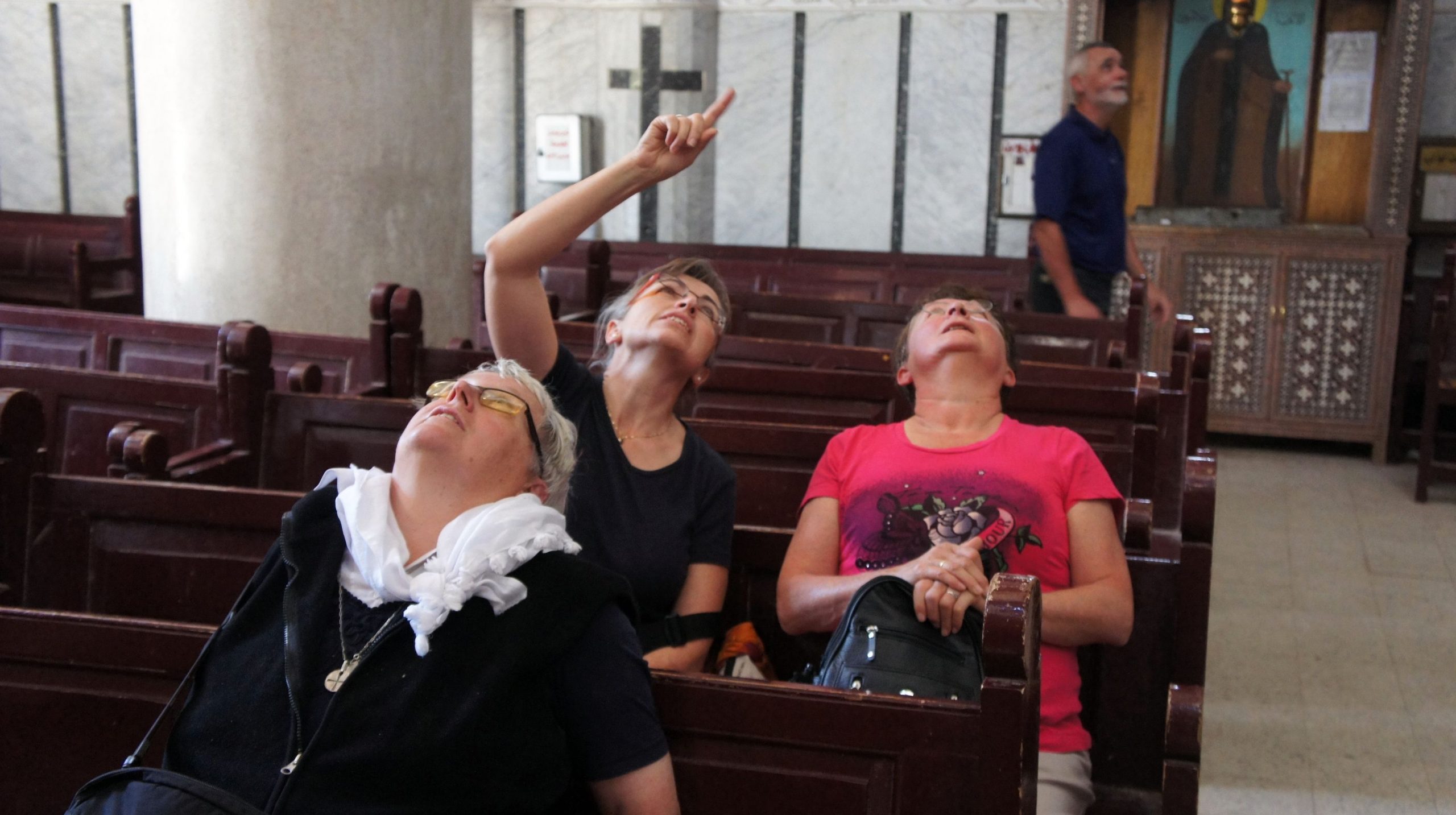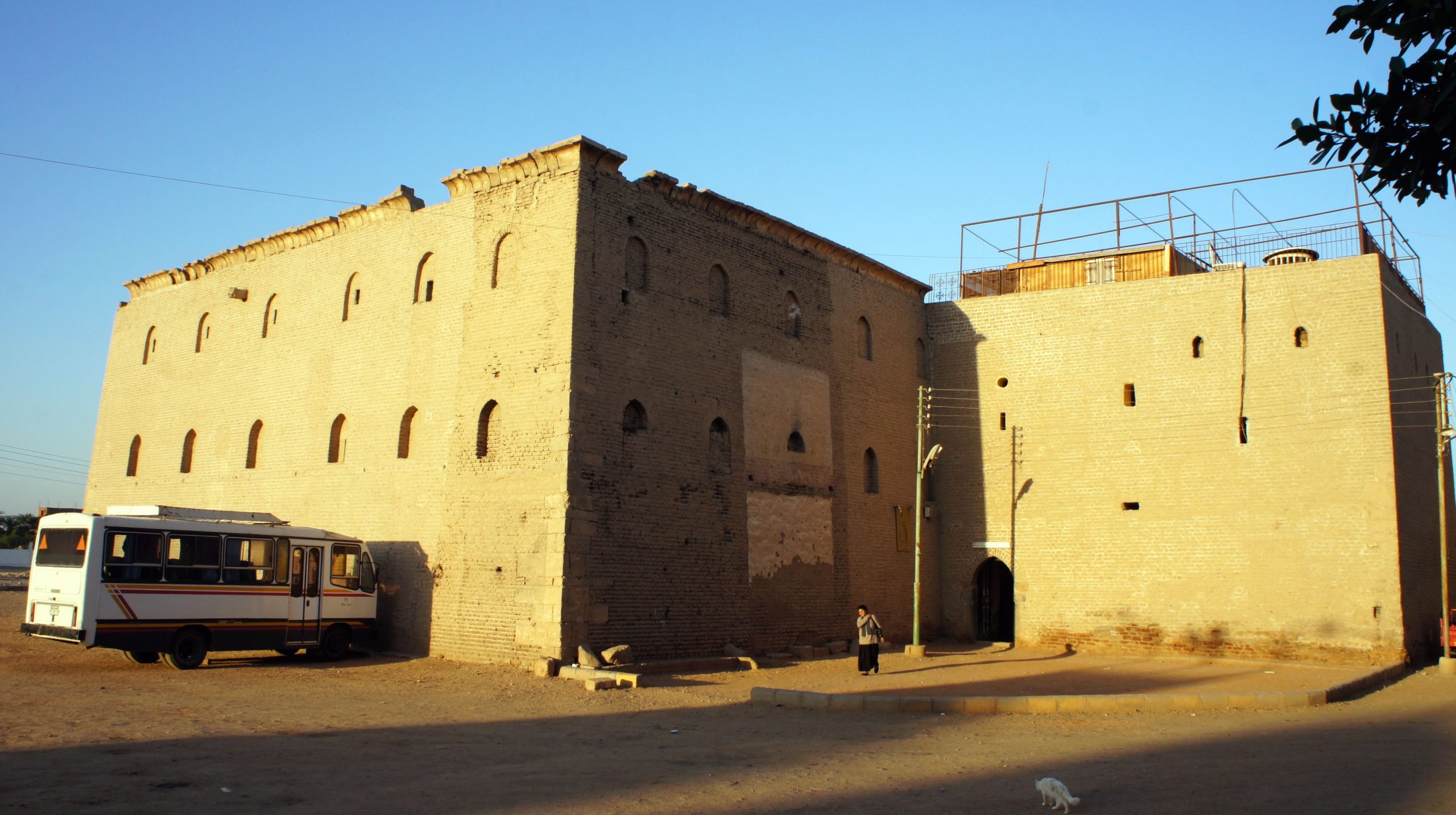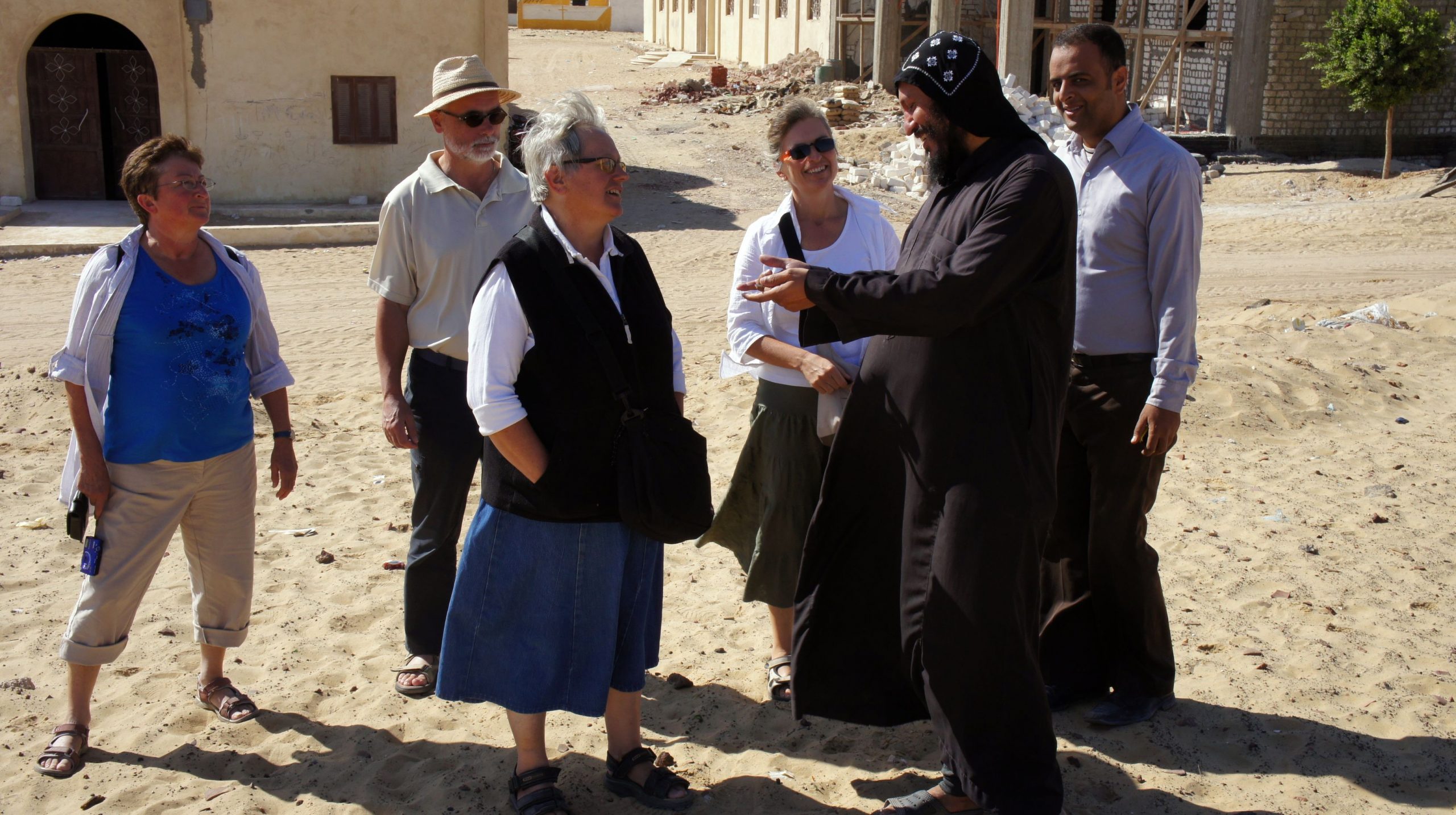Weihnachten unterm Minarett
Von Manfred Maurer Schwester Juliana Baldinger hat Weihnachten heuer schon gefeiert. Und zwar am 6. Jänner. Die aus Meggenhofen stammende Sions-Schwester lebt seit 18 Jahren in dem ägyptischen Dorf El Berba, etwa 300 Kilometer südlich von Kairo. Weil für die koptischen Christen hier der orthodoxe Kalender gilt, fällt Weihnachten auch für die katholische Ordensfrau aus Oberösterreich auf den 6. Jänner, das Fest der Erscheinung des Herrn. Muslimbrüder wollen Christentum verdrängen Weihnachten unter Muslimen erfordert wohl ein gewisses Fingerspitzengefühl, zumal in Zeiten wie diesen. Die Lage der Christen am Nil hat sich verschlechtert. Die herrschende Muslimbruderschaft wolle das Christentum genauso verdrängen wie die noch radikaleren Salafisten, sagt der Präsident der Ökumenischen Stiftung Pro Oriente, Hans Marte. „Der Unterschied liegt nur in der Strategie.“ Entführungen koptischer Mädchen, Erpressung von Schutzgeldern und Zwangsislamisierungen seien an der Tagesordnung. Schwester Juliana kennt all diese Probleme, hat aber mit den Muslimbrüdern, die es auch in El Berba gibt, irgendwie zu leben gelernt. Erleichtert wird dies wohl durch die Tatsache, dass die Sions-Schwestern hier wichtige soziale Dienste erbringen, die auch Muslimen zugute …
